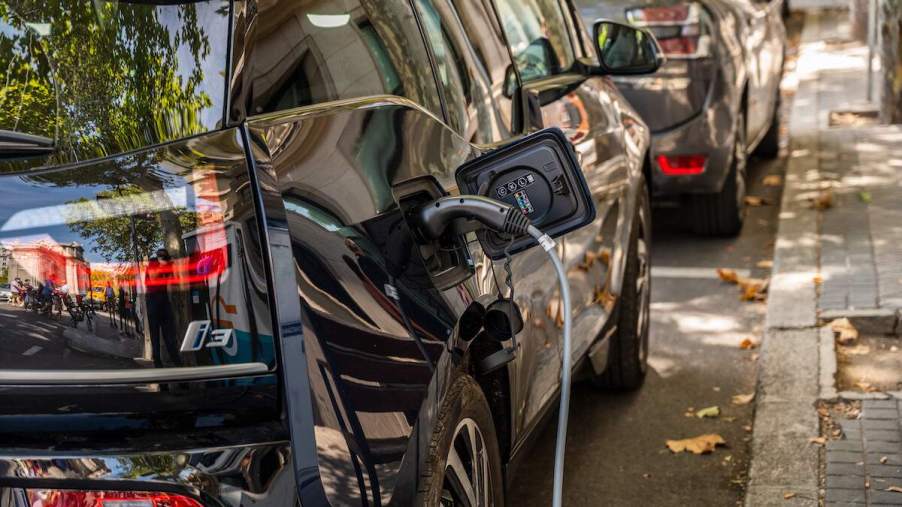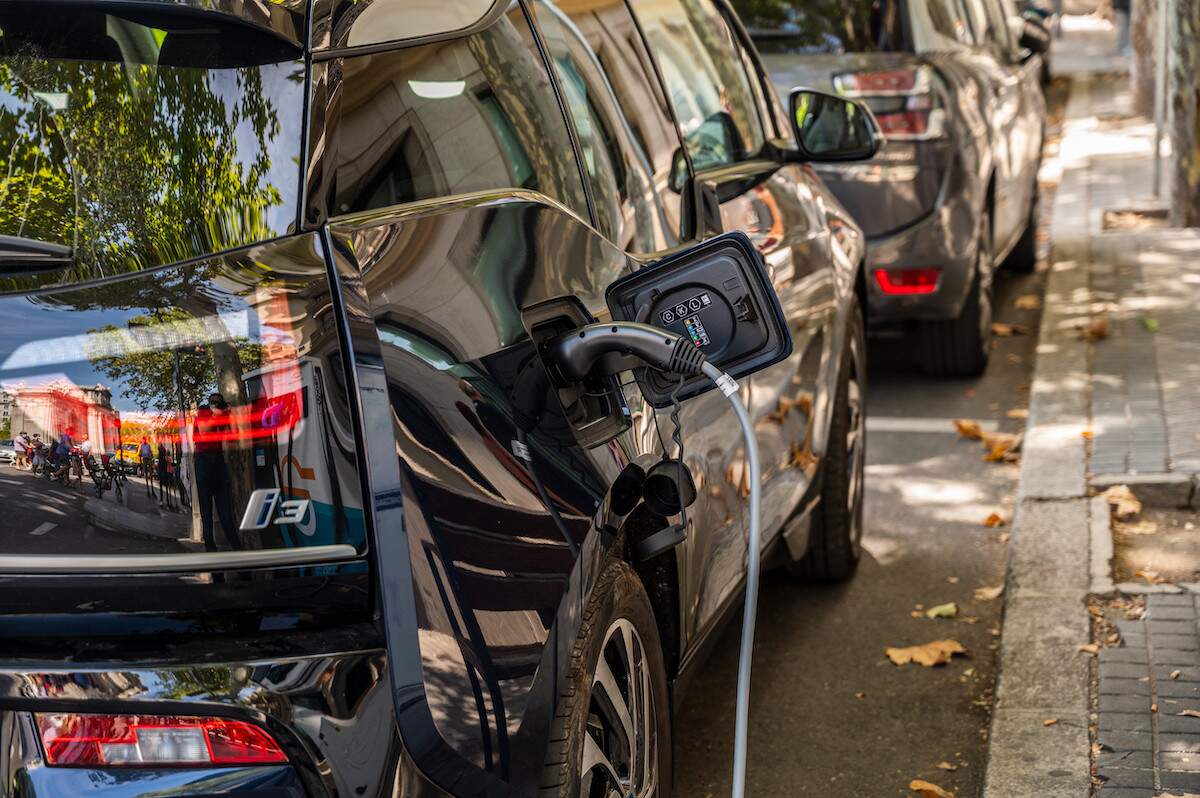
Will Electric Cars Destroy America’s Crumbling Roads and Bridges?
Electric vehicles are quickly gaining popularity as more drivers want to protect the environment and avoid high gas prices. However, is EV growth outpacing infrastructure improvements? Could electric cars destroy America’s already-crumbling roads and bridges?
The 2022 Pennsylvania bridge collapse is 1 example of America’s deteriorating roads
On Jan. 28, 2022, the Fern Hollow Bridge in Pittsburgh, Pennsylvania, collapsed into a ravine. It fell over 100 feet, swallowing cars and nearly taking a public bus with it.
Fortunately, traffic was lighter than usual due to a delayed start at most schools in the area because of the wintry weather. The bridge collapsed just before 7 a.m. Ten people were injured, and four went to the hospital. There were no fatalities.
Coincidentally, Fern Hollow Bridge collapsed the same day President Joe Biden was to arrive in Pittsburgh to speak about his $1.2 trillion infrastructure plan. He took a detour to visit the collapse site and talk with local authorities. Biden learned that Pittsburgh has more bridges than any other city in America. He vowed to ensure all were repaired.
After nearly a year of reconstruction, the City of Pittsburgh re-opened the bridge to single-lane traffic a few days before Christmas 2022. Work will continue through 2023.
The Fern Hollow Bridge collapse is only one example of the state of the roads and bridges in the United States. Older structures are crumbling under the weight of snow and vehicles.
Are electric cars bad for our roads?

The U.S. Department of Transportation says over one-quarter of our urban interstates are in fair to poor condition. On top of that, one-third of America’s bridges need repair.
To fix these roads and bridges, all levels of government depend on fuel taxes. These taxes can raise over $80 billion annually and pay around three-quarters of the bills for building and maintaining new roads. Approximately 20% of every gallon of gas sold goes to various levels of government to pay for our roads and bridges.
It goes without saying that electric cars do not require gasoline. That means EV drivers do not pay gas taxes.
Right now, EVs are a small proportion of cars on the road. But their numbers are rising. If electric vehicles continue to grow at their current breakneck pace, they will become mainstream before we know it.
The time is rapidly approaching when state and local governments can no longer rely on gas taxes for road and bridge repairs. Will our infrastructure continue to worsen as we drive electric cars on them? They could if we don’t respond to the changes.
However, state governments have begun responding to that looming issue. Currently, EV owners in 31 states pay the equivalent of a gas tax.
But fuel taxes are not the only problem
Gas taxes for building and fixing our roads might be dwindling, but that isn’t the only potential issue with electric cars. The weight of these vehicles also poses a problem.
According to Green Car Reports, today’s EVs weigh hundreds or even thousands of pounds more than a comparable internal-combustion engine car. That extra weight is due to heavy battery packs.
Let’s use two electric vehicles — the Cadillac Lyriq and GMC Hummer — as examples. The Lyriq is a midsize SUV weighing 5,688 pounds with rear-wheel drive and 5,915 pounds with all-wheel drive. That’s heavier than a Cadillac Escalade full-size SUV, weighing 5,635 pounds with RWD and 5,823 pounds with AWD. A fully loaded electric Hummer Edition One tips the scales at 9,063 pounds. That’s 950 pounds heavier than the gas-powered Hummer H1.
EVs’ weight could cause numerous safety issues on our roads. One is that their weight could make car accidents much more dangerous. That extra weight might protect the EV driver but could be devastating for the motorist who receives the impact.
In addition, that added weight causes more wear and tear on roads and bridges. Combine that with dwindling funds from gas taxes, and it could spell disaster for America’s roadways.


